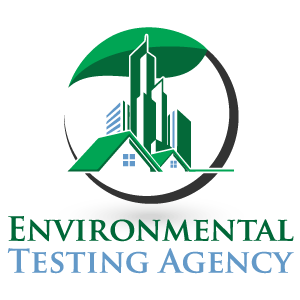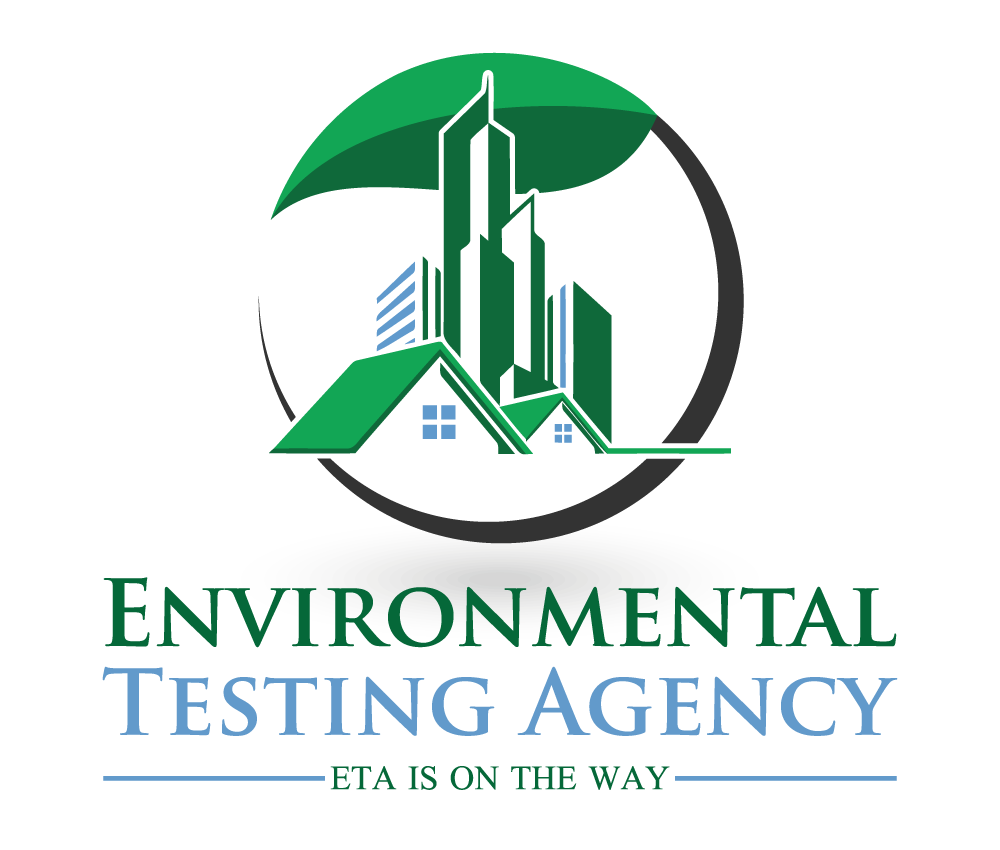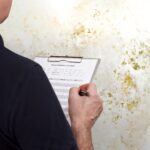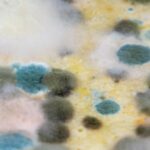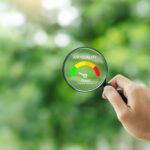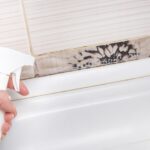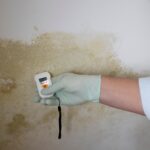Hidden Mold: A Silent Threat For Renters At Home
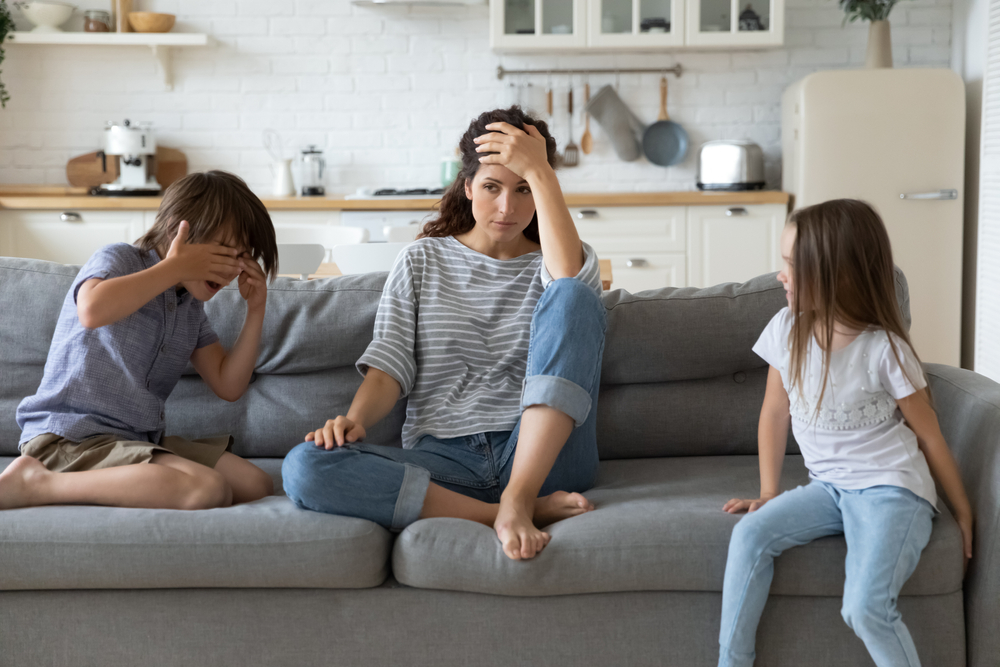
When it comes to renting a home, many people think they’re in the clear when it comes to property maintenance and health hazards. While you may not have to worry about the roof leaking or the furnace breaking down, there’s another hidden danger lurking that could affect your well-being—hidden mold. If you’re renting an apartment or house, this post is particularly for you. Here, we will discuss how hidden mold for renters can be a significant issue and what you can do to address it.
What Is Hidden Mold?
Before diving into how it affects renters specifically, it’s essential to understand what hidden mold is. Hidden mold refers to mold that is not visible to the naked eye. It often grows in areas you may not frequently inspect, such as behind appliances, in the walls, or under floorboards. According to the CDC, molds are fungi that can be found both indoors and outdoors. Hidden mold can be particularly concerning because you may not even know it’s there until you start experiencing health issues.
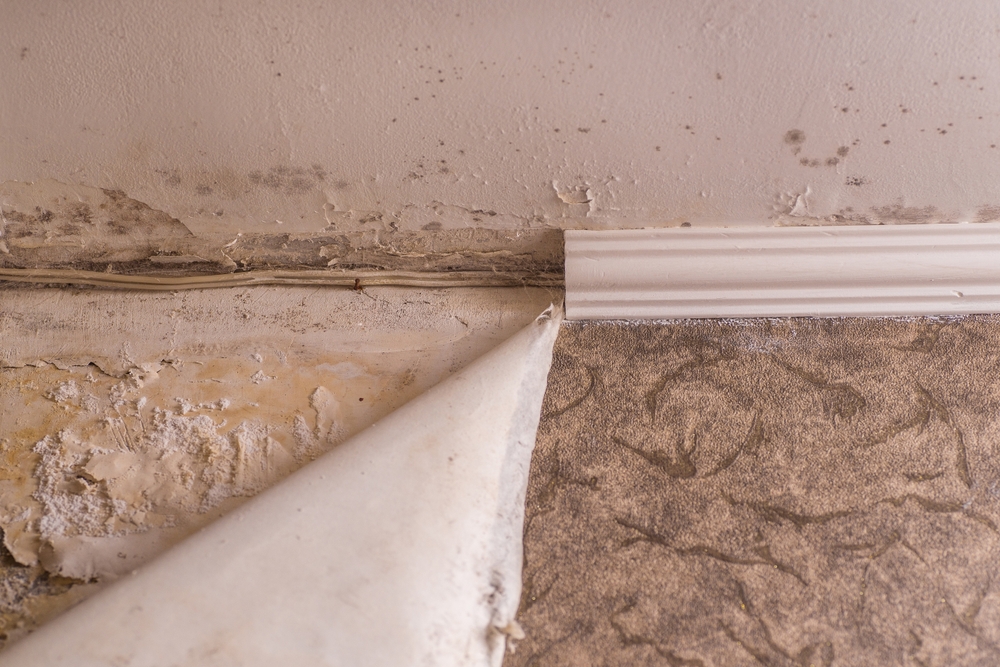
How Does Hidden Mold Affect Your Health?
Exposure to mold can lead to a variety of health concerns, ranging from mild to severe. Allergic reactions, asthma attacks, and other respiratory conditions can be triggered or exacerbated by mold exposure.
- Common Symptoms Include:
- Sneezing
- Itchy Eyes
- Coughing
- Skin Irritation
For individuals with compromised immune systems, the consequences can be even more severe, leading to infections or worsening chronic lung illnesses.
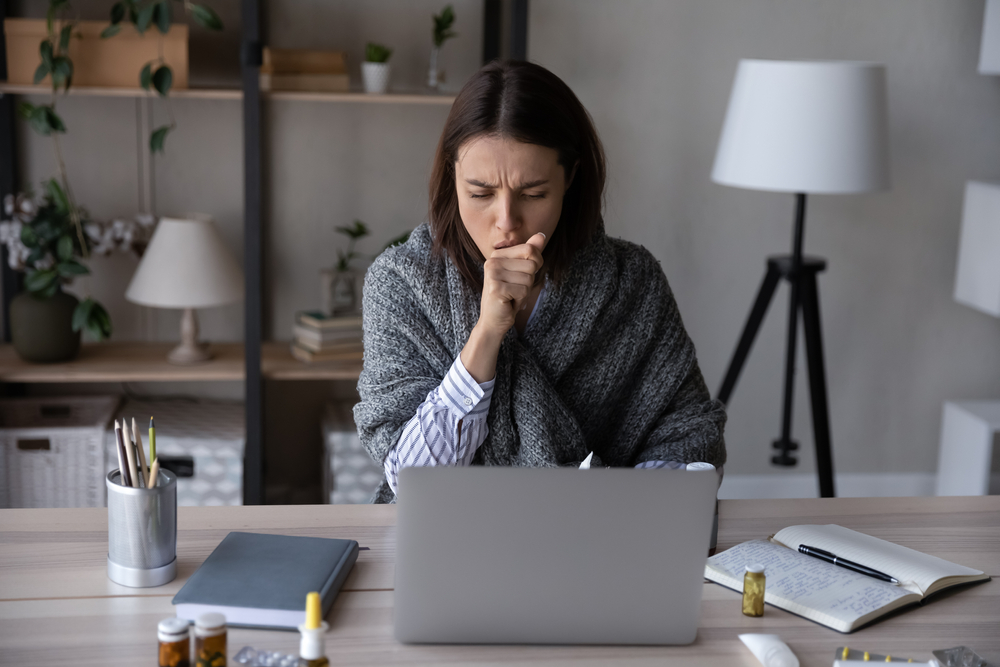
Renters Sick At Home? The Hidden Mold Problem You Didn’t Sign Up For
You might think that being a renter makes you less susceptible to household problems like hidden mold. However, that’s not always the case. Here’s why:
Lack of Property Maintenance
Landlords may not always keep up with regular inspections and maintenance, leading to conditions that allow hidden mold to thrive.
Older Buildings
Rental properties, especially older ones, can have outdated ventilation systems that facilitate mold growth.
Limited Control Over Repairs
As a renter, you might not have the authority to make major changes in the property to combat mold growth.
What Can Renters Do About Hidden Mold?
You’re not entirely helpless when it comes to fighting hidden mold in your rental property. Here’s how you can take charge:
Document and Report
Take photographs of the affected areas and report the issue to your landlord immediately. Document all communications for legal protection.
Professional Inspection
Consider hiring a professional to inspect the property. This provides concrete evidence if the landlord is unresponsive.
Legal Action
In extreme cases where the landlord fails to take action, renters may have the right to break the lease, withhold rent, or even sue for damages.
Personal Precautions
While you’re waiting for repairs, purchase a dehumidifier, use exhaust fans, and keep your living spaces well-ventilated to minimize mold growth.
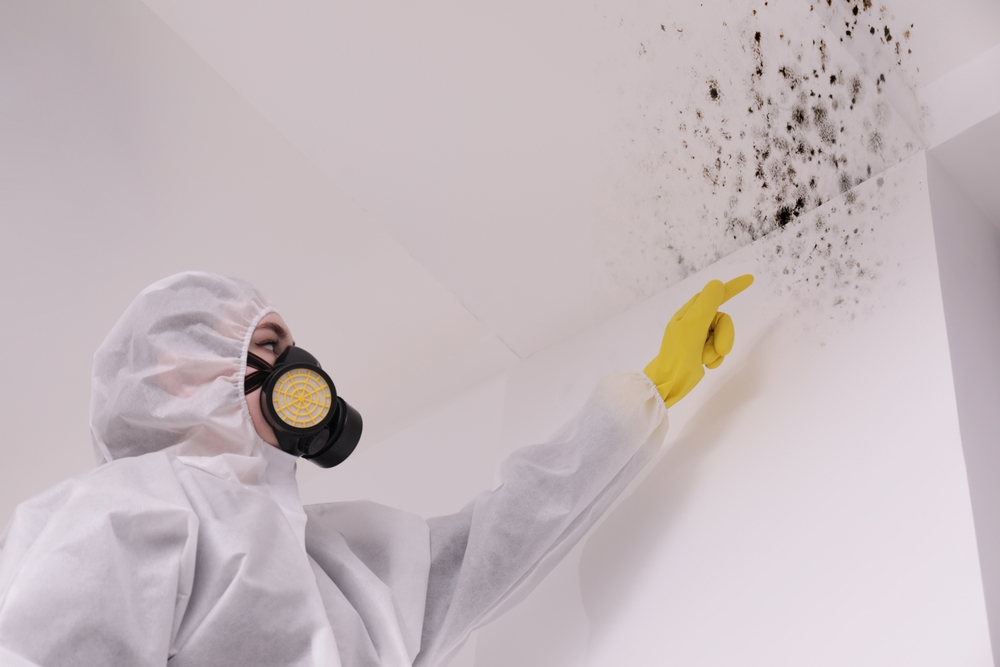
Don’t Underestimate Hidden Mold for Renters
Renters are not immune to the problems hidden mold can create. The key is to be vigilant, take proactive steps, and know your rights as a renter to keep your living environment safe and healthy.
At ETA Mold in Florida, we’re dedicated to helping renters and property owners alike in diagnosing and treating mold problems. Don’t let hidden mold compromise your health. Get in touch with us today.
Remember that this blog post is for informational purposes only and should not replace professional medical or legal advice. Consult professionals for any health or legal concerns.

